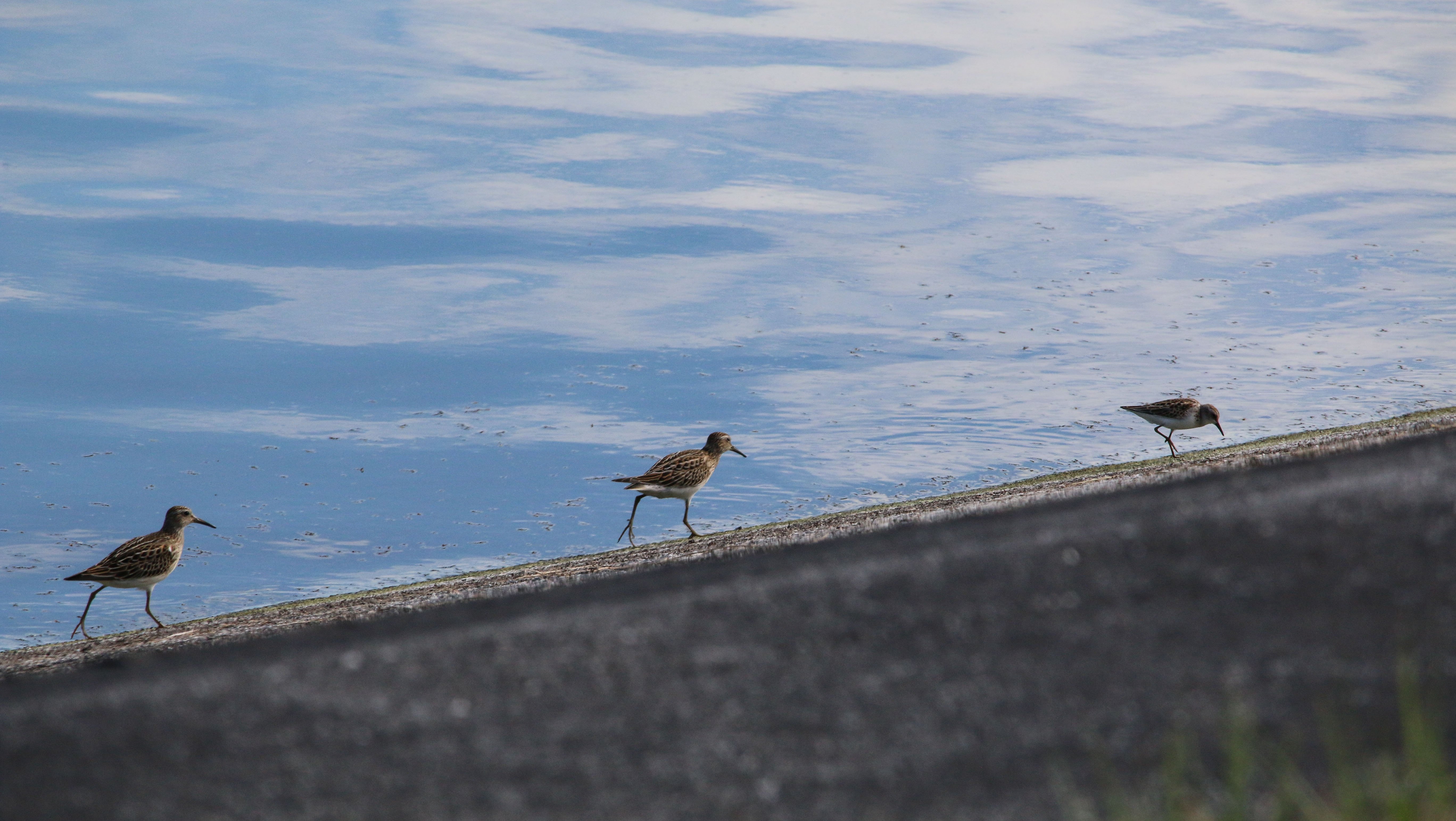
There’s really only one thing that will roll me out of bed before first light on a Saturday: the possibility of seeing birds. I threw on some clothes, slung my binoculars and camera into the car, and headed off to the meeting point for a morning bird walk with the Choctawhatchee Bay Audubon Society.
We started off in a quiet park inside a suburban neighborhood, but though I always enjoy Red-eyed Vireos, Carolina Chickadees, and Ruby-throated Hummingbirds, I was more excited about the birding opportunities at the Niceville Holding Ponds and Spray Fields, especially because birders need special permission (and keys) to access them.
The spray fields are what they sound like, large fields of grasses blowing gently in the wind. Tall trees border the road through the meadow, providing habitat for Prairie Warblers and other songbirds, while metal spray nozzles stick up in long lines throughout the field like odd fence-posts. Raptors favor these metal stands, and both a Red-shouldered Hawk and an American Kestrel used them as perches to look for prey below. These birds were fun, but the real birding began when we hit the holding ponds.
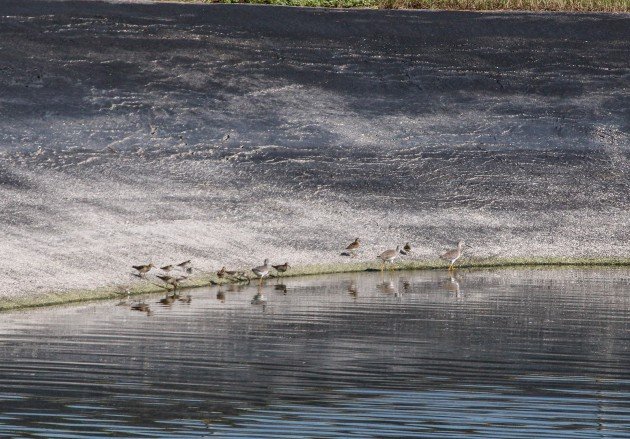 Greater Yellowlegs, Pectoral Sandpipers, and Least Sandpipers
Greater Yellowlegs, Pectoral Sandpipers, and Least Sandpipers
In all honesty, I’m not exactly sure what holding ponds are. We surveyed two, each rimmed in concrete, with bubblers providing oxygen to the otherwise stagnant water. It may not have been pretty, but the birds didn’t seem to care! Right away we spotted two Pied-billed Grebes diving from the surface of one of the ponds, a Killdeer perched on the opposite side, and not one, not two, but three Greater Yellowlegs running along the cement edge. If that wasn’t enough, upon observing the other pond we found a large, mix flock of additional shorebirds.
The tight group was hard to see, as they were in the shadow of the sloping pond, but with a few scopes we were quickly able to pick out the species. Pectoral Sandpipers towered over the much smaller Least Sandpipers, and we spent over half an hour deciphering an odd looking Least Sandpiper to see if it was actually a Semipalmated Sandpiper (in the end we concluded it was just another Least Sandpiper). Every so often the shorebirds would take to the air, gliding over the pond before forming another tightly packed bird ball on the other shoreline. Since we weren’t moving it wasn’t us that spooked them, but I did enjoy watching them gracefully take wing.
The holding ponds will continue to be a migratory hot spot for the rest of the fall, becoming a stopover point once again when spring returns. My trip was a testament to local Audubon chapters; because I only just moved here, I would never have known to even think about birding the holding ponds without signing up for one of their well-publicized trips. I felt extra grateful that morning, as the Pectoral Sandpiper was a life bird!

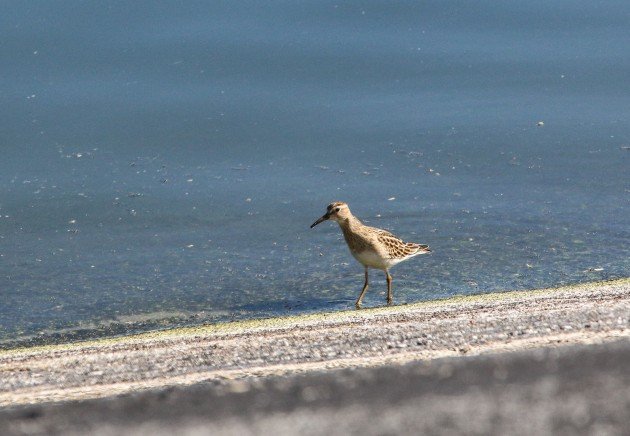
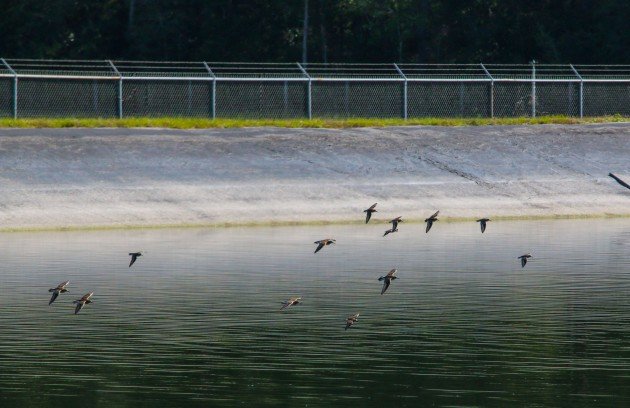


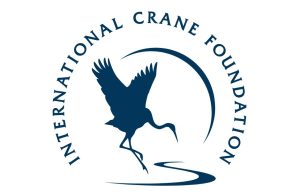
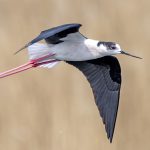
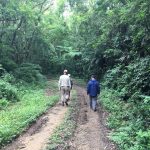
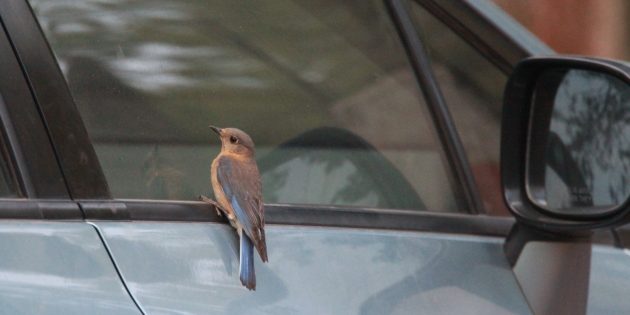
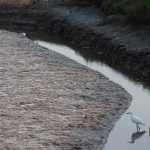
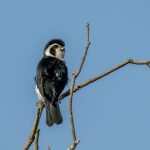
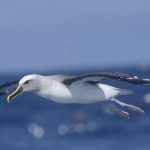
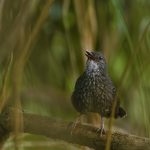
Those are likely oxidation ponds for sewage (human waste generally). Typically they’ll have a couple concrete lined ponds in a series and as the material is broken down by the oxygen loving microbes the water is transferred from pond to pond. The last stop is usually a large series of wetlands used to further break down the waste.
It’s a little gross, but it makes great birding.
Yes, these are undoubtedly “POO PONDS”!!! 🙂
The best birding in dry areas where there is not much fresh water (Northern Australia) is at these ponds!